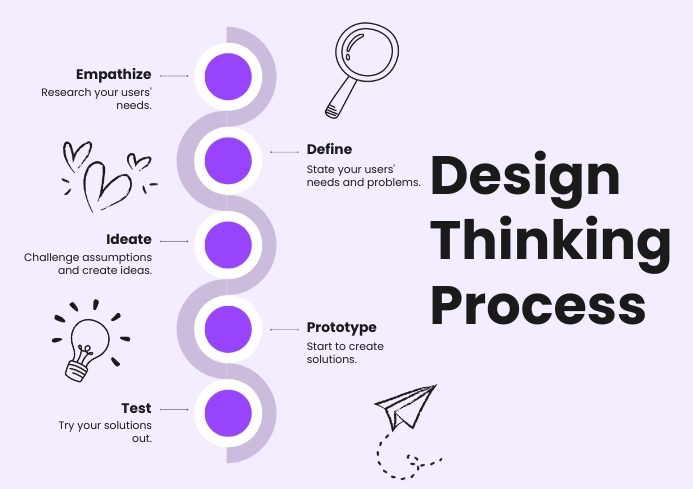Design Phase

A design project usually begins with the discovery phase. In this phase, the main focus is to understand the project’s goals, the needs of the client or users, and any challenges that might exist. Research is done to explore the industry, the target audience, and possible competitors, so the team can start the project with a clear direction. After gathering all necessary information, the project moves into the concept development phase. This is where ideas are brainstormed, different creative directions are explored, and early sketches or rough drafts are made to visualize possible solutions.
Once promising concepts are selected, the design phase begins. During this stage, detailed designs are created based on the earlier ideas. Designers refine the visuals, define colors, typography, layouts, and other elements that will bring the project to life. After the designs are ready, the review and feedback phase follows. Here, the designs are presented to clients, team members, or stakeholders, and feedback is collected. Revisions are made based on this input to ensure the final design meets expectations.
Designs are translated into real products, systems, or experiences, depending on the project type. Finally, the launch and evaluation phase follows, where the final product is released and its performance is monitored for improvements or future adjustments.
